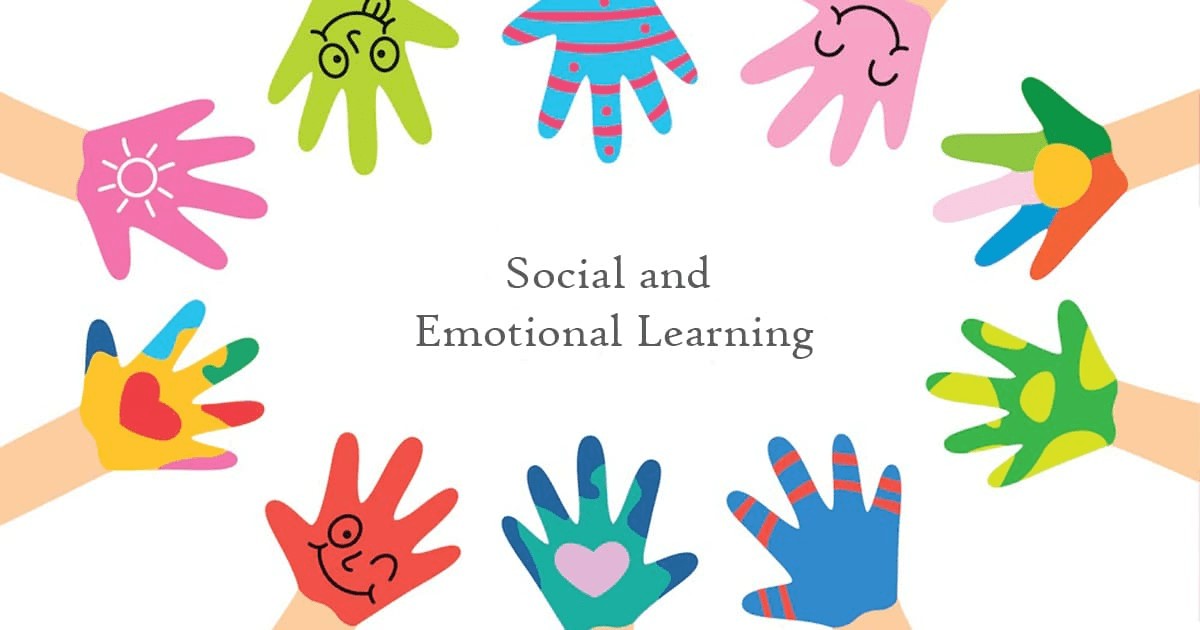Social-Emotional Learning: Developing Emotional Intelligence in Schools
Introduction
In today’s dynamic educational landscape, Social-Emotional Learning has emerged as a critical component of student development. Social-Emotional learning equips students with skills to manage emotions, build relationships, and make responsible decisions, enhancing both academic performance and overall well-being.
What is Social-Emotional Learning?
Social-Emotional Learning focuses on nurturing emotional intelligence through five core competencies:
● Self-Awareness: Understanding one’s emotions and how they influence behavior.
● Self-Management: Regulating emotions, controlling impulses, and setting goals.
● Social Awareness: Empathizing with others and understanding diverse perspectives.
● Relationship Skills: Communicating effectively, cooperating, and resolving conflicts.
● Responsible Decision-Making: Making ethical and constructive choices.
Social-Emotional learning integrates these skills into education, promoting holistic development beyond academics.
Benefits of Social-Emotional Learning
● Enhanced Self-Awareness and Self-Management: Students handle stress better and maintain focus.
● Improved Interpersonal Skills: Empathy, active listening, and communication help build strong relationships.
● Boosted Academic Performance: Engaged and emotionally balanced students show better academic results.
● Positive Behavior: Social-emotional learning fosters cooperation and respect, reducing disruptive behaviors.
● Better Mental Health: Students with strong emotional intelligence experience lower levels of anxiety and depression.
Implementing Social-Emotional Learning in Schools
● Integrate into Curriculum: Embed Social-Emotional Learning into daily lessons rather than as a separate subject.
● Create a Supportive Environment: Foster respect, inclusion, and a safe space for emotional expression.
● Professional Development: Train teachers to effectively integrate Social-Emotional learning into their practices.
● Engage Parents and Community: Involve families through workshops and regular updates.
● Assess Outcomes: Use surveys and observations to track Social-Emotional learning program effectiveness.
Core Components of Social-Emotional Learning Programs
● Self-Awareness: Recognize emotions and their impact.
● Self-Management: Regulate emotions and set personal goals.
● Social Awareness: Understand and empathize with others.
● Relationship Skills: Build and maintain healthy relationships.
● Responsible Decision-Making: Make ethical choices considering consequences.
Examples of Successful Social-Emotional LearningPrograms
● Collaborative for Academic, Social, and Emotional Learning (CASEL): Provides a framework for integrating Social-Emotional learning into curricula.
● Second Step Program: Offers age-appropriate Social-Emotional learning lessons that enhance behavior and academic performance.
● Mindfulness Practices: Techniques for managing stress and staying present.
● Arts and Creative Expression: Helps students explore and express emotions.
The Role of Teachers in SEL
● Model Social-Emotional Learning Skills: Demonstrate empathy, patience, and communication.
● Build Strong Relationships: Engage students and build trust.
● Incorporate Social-Emotional Learning into Activities: Use discussions, cooperative learning, and academic lessons.
● Address Diversity: Be mindful of cultural differences and individual needs.
Challenges and Solutions
● Resistance: Educate and provide resources to demonstrate SEL’s benefits.
● Time Constraints: Integrate Social-Emotional learning into existing subjects to avoid overwhelming schedules.
● Inclusivity: Design programs that respect and celebrate diversity.
● Support Diverse Needs: Adapt Social-Emotional learning to meet various emotional and behavioral challenges.
Social-Emotional Learning Across Educational Settings
● Early Childhood: Focus on basic social skills and emotional expression.
● Elementary and Middle Schools: Develop self-awareness, empathy, and relationship skills.
● High Schools: Prepare students for adulthood with self-regulation and goal-setting.
● Special Education: Tailor programs to meet individual needs.
● Online and Hybrid Learning: Use digital tools to deliver Social-Emotional learning content effectively.
The Impact of Social-Emotional Learning on Academic Success
Research shows that Social-Emotional Learning improves:
● Grades and Attendance: Students in Social-Emotional Learning programs achieve higher grades and better attendance.
● Test Scores and Graduation Rates: Social-Emotional Learning contributes to reduced dropout rates and increased graduation rates.
Global Perspectives on SEL
Social-Emotional Learning is recognized globally, with various countries adapting practices to their educational contexts. International case studies highlight the success of Social-Emotional learning programs, providing valuable insights for implementation.
The Future of SEL
The future of Social-Emotional learning is promising with:
● Technological Integration: New tools and platforms for delivering and measuring SEL.
● Continuous Improvement: Ongoing refinement to meet evolving student needs.
Conclusion
Social-Emotional Learning is essential for developing well-rounded, resilient students. By integrating Social-Emotional learning into education, schools can enhance academic performance and prepare students for lifelong success.
Social-Emotional Learning at SSRVM
SSRVM’s holistic pedagogy fosters a supportive and inclusive environment where students feel safe to express their emotions, grow emotionally, and develop empathy for others. Teachers, trained through continuous professional development, act as mentors, guiding students and helping them develop the essential skills needed for personal and academic success while ensuring they learn to manage emotions and make ethical choices.
By embedding Social-Emotional Learning into daily lessons, SSRVM emphasizes the development of emotional and social competencies that equip students to thrive in a dynamic world.
Additionally, SSRVM actively engages parents and the community through workshops and regular updates, ensuring a collective effort to foster students’ emotional and social well-being. Regular assessments, including feedback and observations, track the effectiveness of Social-Emotional Learning programs and refine them further to enhance academic achievement and enrich students’ overall well-being, shaping them into compassionate and responsible citizens.

